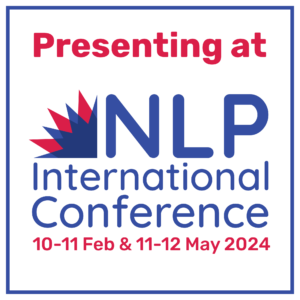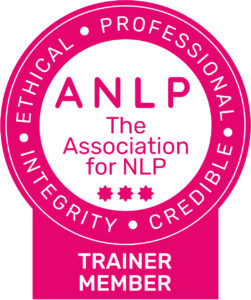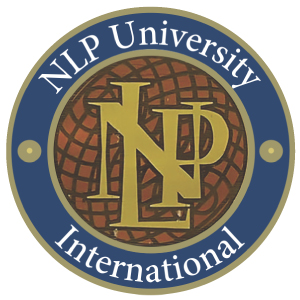What Are NLP Presuppositions and How Can You Use Them?

The presuppositions emerge over and over again in NLP, and can be particularly useful for people who are looking to review and revise their thinking patterns.
‘Presuppositions’ is probably not the best word for them (but is the standard NLP word used). The word implies a logical necessity: that you have to accept these before you do NLP. But this is not the case.
Some NLP people are sceptical about some of the presuppositions and wholeheartedly endorse others; most NLP-ers emphasise some more than others. Also, there is no agreed list. Some sources cite 25 presuppositions.
But here are the two that I find most useful – they helped me reassess the way that I think, and therefore see the world around me, and I hope they might offer you the same.
Behind every behaviour there is a positive intention
To me, this is the most radical and helpful of the presuppositions. It offers enormous power in the field of coaching and therapy, especially when the word ‘behaviour’ is used in its widest sense, as physical behaviours, but also emotions and patterns of thought.
Every behaviour? Every thought? The key to understanding and working with this presupposition is that the ‘positive intention’ of the behaviour or thought may be rooted in the past.
So it might have seemed to you as a small child that such-and-such was a source of benefit to you, and since then, your unconscious mind has not learnt that the action or thought is no longer beneficial (or that it never actually was – you just thought that it was).
Discovering a positive intention behind an apparently foolish or destructive action or thought opens the way for healthier, more positive options to be selected and integrated into our personality.
For example, if someone’s behaviour is aggressive, the positive intention is often protection, and was probably learnt in childhood. Learning to assert boundaries in an adult manner is an alternative way to honour the positive intention of protection without the negative consequences of aggression.
The map is not the territory
To avoid our brains being overloaded, we ‘filter’ the information that comes into us, ignoring some inputs and highlighting others, to create a model of reality in our minds. This is our ‘map’, and – here is where this NLP presupposition is most powerful – ours alone. Other people will have created different ‘maps’ (models of reality) in their heads. We are wise to respect this, rather than automatically assume that our ‘map’ is better.
Thinking this way can free us from much argument and conflict, while also developing the strength and flexibility of our minds. It can be important to recognise that what we know is only a very small amount of the possible, and to cultivate the ability to step out of our ‘map’ and suspend our normal ways of thinking and even sensing.
We can model aspects of ‘maps’ used by clearly effective people we wish to emulate. We can check our ‘map’ against reality rather than just ignoring inconvenient truths.
Did you like this post?
Then check out our events and courses!
Where to find us
For posts, events, free open days and more, follow NLP School on:
What to read next
How NLP Can Help You with Procrastination
How NLP Can Help With Your Relationships — The Drama Triangle









